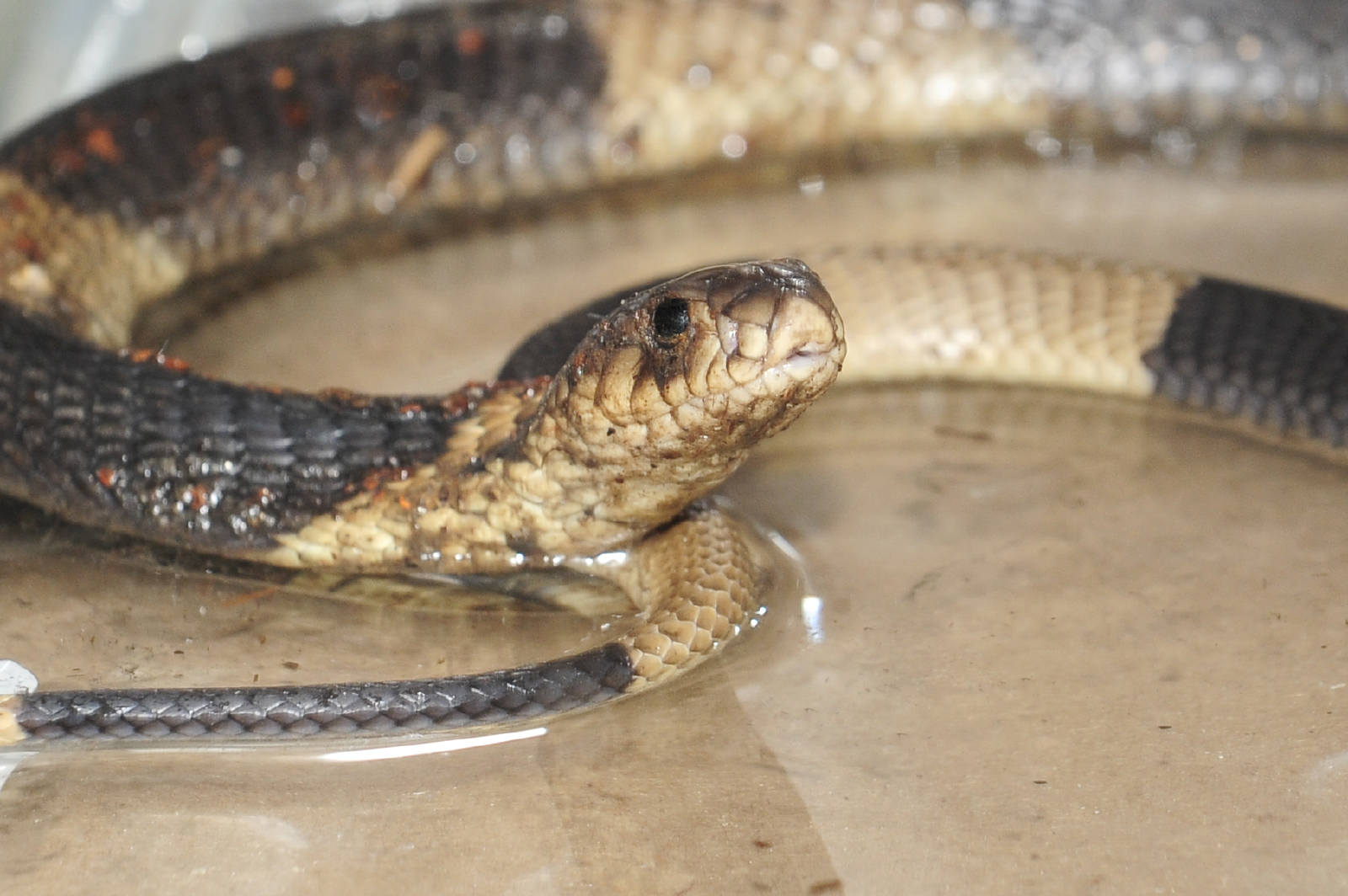Bronx Zoo Escapee Snake Gets a Name

The Bronx Zoo cobra that made headlines by slithering out of her cage has just gotten a new name: Mia
The name, voted on by members of the public, is a play on M.I.A, or "missing in action." After the cobra escaped March 25 only to be found six days later coiled up in the reptile house, the zoo received 33,000 name suggestions for the slippery serpent. Zoo officials cut the list down to five finalists:
- Agnes, which means "pure" or "holy" in Greek.
- Amaunet, an Egyptian goddess known as the "hidden one."
- Cleopatra, after the Egyptian queen said to have committed suicide by cobra bite
- Subira, which means "patience" in Egpytian
- and Mia, which won with 15,972 votes, or 27 percent.
Mia is an Egyptian cobra, which can grow to be about 6 feet (2 meters) long. She packs a deadly bite: Her venom is a neurotoxin that can kill a person.
"They're not really something you want to be bitten by," Stan Mays, the curator of herpetology at the Houston Zoo, told LiveScience. He said the Egyptian cobras he's worked with are "pretty feisty," though they seem to mellow with age.
After the escape, Bronx Zoo officials warned that it could be weeks before Mia showed her scaly face around the reptile house. Snakes can go weeks without water and months without food.
But during a morning sweep of the building on March 31, zookeepers found the cobra curled up a few hundred feet from the enclosure she'd left behind. Despite the fantastical exploits chronicled by @BronxZooCobra, the snake's unofficial Twitter feed, it seems Mia didn't stray far from home at all.
Mia will be on public display on Saturday, when the reptile house re-opens.
Sign up for the Live Science daily newsletter now
Get the world’s most fascinating discoveries delivered straight to your inbox.
You can follow LiveScience senior writer Stephanie Pappas on Twitter @sipappas.

Stephanie Pappas is a contributing writer for Live Science, covering topics ranging from geoscience to archaeology to the human brain and behavior. She was previously a senior writer for Live Science but is now a freelancer based in Denver, Colorado, and regularly contributes to Scientific American and The Monitor, the monthly magazine of the American Psychological Association. Stephanie received a bachelor's degree in psychology from the University of South Carolina and a graduate certificate in science communication from the University of California, Santa Cruz.










